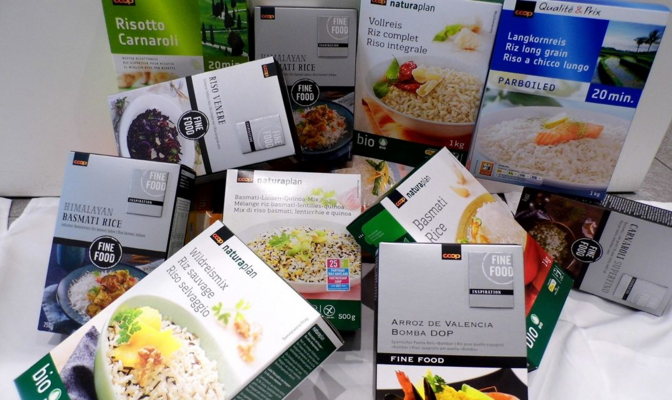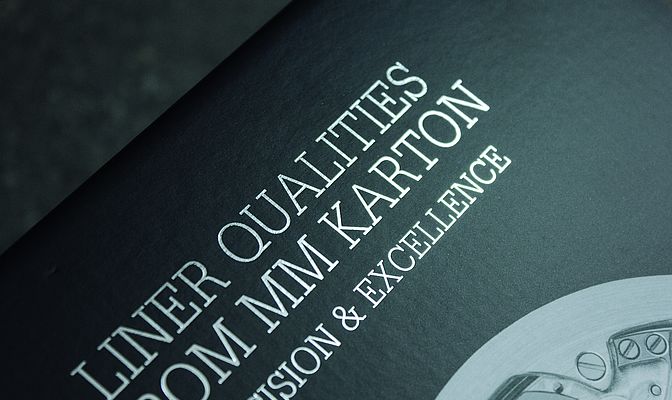Sensory analysis – Off-flavour
31.10.2011 - Cartonboard Know-How
This test is used to evaluate a possible influence of taste of the packaging material on the packaged goods.
Test Standard | EN 1230-2 |
General information
A test in accordance with EN 1230-2 (commonly known as the Robinson test) is a sensory test based on the assessment of a possible transfer of taste from paper and cartonboard intended for food packaging to a food or test medium via the gas phase. Since hardly any packaging material is completely odourless, it is essential that, under practical conditions, a transfer of odours and flavours from the packaging into the packaged product is kept to such an extent that no influence on the odour and taste of the packaged foodstuff can be detected. The sensitivity of foodstuffs to foreign odours depends on the quantity of odorous substances available in comparison with the quantity of the filling material, their volatility and sensory effectiveness, their solubility in the product or absorption on its porous surfaces, their own odour and taste
intensity and, of course, the storage temperature and storage time. Fat-containing goods such as chocolate or nougat are particularly sensitive because many odorous substances are fat-soluble. Goods with a high specific surface area are also particularly sensitive. The results of an EN 1230-2 analysis allow conclusions to be made about the suitability of the tested material as a food packaging material.
Additional details – practical relevance
As a test medium, chocolate is usually used as a substitute for other foodstuffs, as its high fat content and large surface area make it very sensitive to the transfer of odour- and taste-active substances.


